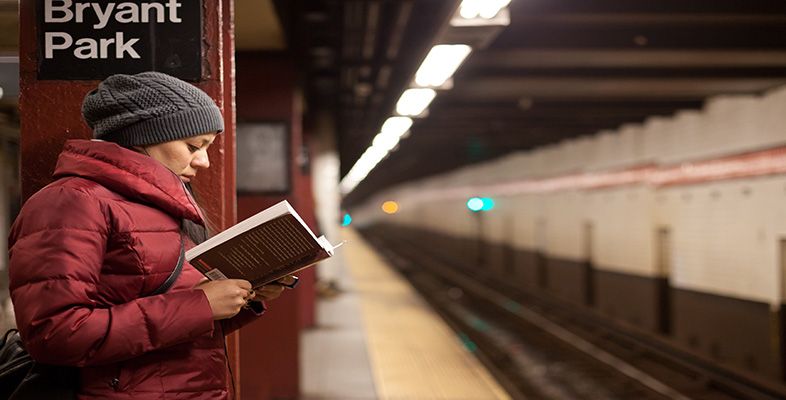1 Overview
A focus on the reception of texts by readers has been one of the most striking developments in modern literary studies. In very broad terms we might say that the attention of critics over the past two hundred years or so has shifted from a concern with the author (the biographical approach of the nineteenth century); to a concern with the text (the ‘words on the page’ approach of New Criticism); and finally, most recently, to a concern with the process of reading and the role of the reader in the construction of meaning. Many of the various strands of contemporary literary theory, however different in other respects, recognise in one way or another that literary texts need to be understood not in isolation, but in relation to specific acts of reading and to the responses of readers.
One of the most influential of these approaches over the past 20 or 30 years has become known as ‘reader response criticism’. For the most part, ‘reader response’ theorists have been concerned with hypothetical readers and acts of reading, and have attempted to understand reading processes and activities by studying texts themselves. More recently, however, a number of literary scholars and historians working within the new discipline of Book History have begun to focus attention on actual readers from the past. A great deal of empirical evidence has been uncovered by these scholars not only about what readers read, but about the circumstances in which they read, and about the impact their reading had on them.
UK RED was set up to collect as much information as possible about British readers, at home or abroad, between 1450 and 1945, and to make this information available in an easily searchable form to anyone interested in any aspect of the history of reading. The purpose of this course is to help you learn how to use UK RED to locate and analyse evidence of the reading and reception of a literary text. I’ve chosen as my example one of the most famous novels ever published: Daniel Defoe’s Robinson Crusoe.
